Japanese Art at Bonhams Puts Armour in the Spotlight with Beards and Dragons
A splendid example of Japanese armour –estimated to sell of £100,000-150,000. Photo: Bonhams
LONDON.- There is something about Japanese armour that makes Westerners do a double-take. It may well have something do with the fact that the helmets often come equipped with a beard as well as a dragon.
Bonhams next sale of Fine Japanese Art on May 11th, a massive auction of 480 lots estimated to sell for around £1.6m, includes a splendid example of Japanese armour – boasting both beard (white) and dragon (gold and scarlet). The overall effect of this black, blue, orange and gold work of art is to literally stop you in your tracks. The effect it must have had when used by a warrior actively pursuing you with weapons, can only be imagined with a shiver.
This magnificent item, Lot 68, estimated to sell of £100,000-150,000 is an exceptional mogami do tosei gusoku armour from the Edo Period, 18th to 19th century with a helmet signed Myochin...Naga, late Muromachi/early Momoyama Period, 16th century. It belonged to an aristocratic Japanese family, the Hotta clan, with links to a Shogun.
To an eye used to European metal armour this Japanese example is a feast of colours and textures in surprising materials which include black laquer, doeskin, white fur, gilded paper, copper and iron. The armour comes with a wood stand and some additional pieces including a pair of sandals, an eboshi and an adaptor for wearing civilian swords with armour.
The armour is from the collection of treasures which belonged to the Sakura Hotta Family, which was dispersed probably intermittently during and after the Meiji Period. The collection consisted of arms, swords, scroll paintings, Noh masks, screens and, particularly, ceramics for the tea ceremony.
Established in the Momoyama period, the Hotta clan was in the service of the warlords Oda Nobunaga (1534-1582) and Toyotomi Hideyoshi (1536-1598); later, during the Edo Period, Hotta Masayoshi (1810-1864) acted as the Tokugawa Shogun's roju (advisor). After the Meiji Restoration, the head of the Sakura Hotta family was bestowed the title of hakushaku (Count) by the Meiji Emperor.
An exceptional mogami do tosei gusoku armour, Edo Period, 18th to 19th century; helmet signed Myochin...Naga, late Muromachi-early Momoyama Period, 16th century. photo Bonhams
五十二間筋兜 銘明珍□永 室町時代後期/桃山時代前期(16世紀)
堀田家家紋入浅葱糸威最上胴具足 江戸時代(18-19世紀
A fine fifty-two-plate suji bachi black lacquered and mounted in ni-ho-jiro style with shibuichi plates to front and back overlaid with shakudo and gilt dai shinodare, an ornate seven-stage tehen kanamono, doeskin covered mabisashi and fukigaeshi, the fukigaeshi bearing the mon of the Hotta daimio family. On the front an elaborate kuwagata dai with gilt kuwagata and a dragon maedate, the shikoro of shallow o-manju style. The menpo with long white hair moustache, a nodowa, mogami sode, shino gote, kawara haidate edged with white fur, tsutsu suneate and russet iron kogake. The do of mogami style with gyoyo to the front, on the back an agemaki bow with an ukezutsu shaped to accommodate it and a striking sashimono in the form of a bunch of gilded gourds above gilded paper tassels. Constructed entirely of iron plates lacquered black and laced in pale blue sugake odoshi. Extensively mounted in gilded copper highlighted with shakudo, the hishinui no ita on each piece decorated with a sinuous dragon. Contained in two black lacquered armour boxes with leather covers displaying the mon in gold. Together with a wood stand and some additional pieces including a pair of sandals, an eboshi and an adaptor for wearing civilian swords with armour. Estimate: £100,000 - 150,000, ¥14,000,000 - 21,000,000
Another cultural gem in this sale is lot 366, a superb decorated dish also estimated to sell for £100,000 to £150,000. This is a fine and rare Nabeshima shaku-zara, a large dish, circa 1690-1760, decorated with strange images which represent Buddhist symbols of precious emblems comprising the ribboned 'bag of plenty', hat of invisibility, flywhisk, sword, pair of books, castanets, fan, sho organ, pair of scrolls and tama (jewel), popular motifs in Japanese art.
This masterpiece of Japanese 17th century design is thought to date from the earliest period of porcelain manufacture at the Okawachi kilns, patronized exclusively by the Nabeshima Daimyo family, their friends and retainers, although it was also produced for presentation gifts to the Tokugawa.
Nabeshima wares were made only for domestic consumption, and for presentation purposes rather than for actual use. They were not sold on the open market in the Edo period but were made in a limited number, with specific patterns, and in standardized shapes. The dishes were produced in three basic sizes, the two smaller ones in sets of twenty or thirty, with a single large serving dish (of which fewer survive) to match.
A fine and rare Nabeshima shaku-zara (large dish). Circa 1690-1760. photo Bonhams.
鍋島 青磁染付青海波宝尽文皿 1690年-1760年頃
Of circular form and raised on a tall, slightly tapering foot, painted in rich underglaze-blue and glazed in celadon with takarazukushi-mon (auspicious treasures) floating above two horizontal bands enclosing a wave design, the exterior decorated with a continuous peony scroll, with three blooms in variegated paler tones, the high foot with a band of shippo-tsunagi. 32.5cm (12¾in) diam., 8.1cm (3 3/8in) high, the foot 16.5cm (6½in) diam. Estimate: £100,000 - 150,000, ¥14,000,000 - 21,000,000
The image represents Buddhist symbols of precious emblems comprising the ribboned 'bag of plenty', hat of invisibility, flywhisk, sword, pair of books, castanets, fan, sho organ, pair of scrolls and tama (jewel), popular motifs in Japanese art.
Another Nabeshima shaku-zara decorated with an identifical design, possibly from the same set, is in the collection of the Hayashibara Museum, Okayama, Japan; see Nihon no Toji, Japanese Ceramics, vol.10, Nabeshima, edited by Hayashiya Seizo, no.121; the catalogue Iro Nabeshima, a Commemorative Exhibition, Asahi Shimbun, 1982, p.2, also illustrated in the Exhibition Catalogue, Les Cadeaux au Shogun - porcelaine precieuses des seigneurs de Nabeshima, Paris 1997, p.107, no.24.
For other Nabeshima shaku-zara with variations on the same design, see Catalogue of Selected Masterpieces from the Nezu collections, Decorative Art, Nezu Institute of Fine Arts, Tokyo 2001, p.143, no.166; John Ayers, The Baur Collection, Japanese Ceramics, Collection Baur, Geneve 1982, no.E53; Zaidan hojin Toguri bijutsukan zohin senshu, seireki 2000nen kinen zuroku (Selected Masterpieces from the Commemorative Catalogue of Toguri Museum of Art), Toguri Museum of Art, Tokyo, 2000, p.114, pl.166.

/https%3A%2F%2Fprofilepics.canalblog.com%2Fprofilepics%2F1%2F0%2F100183.jpg)
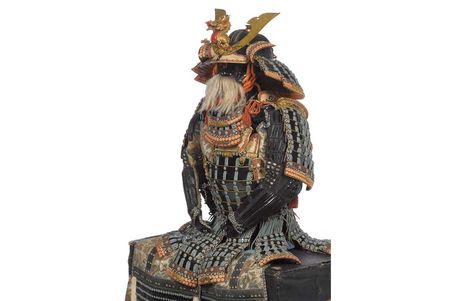


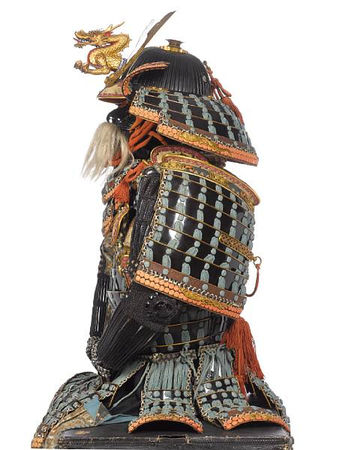


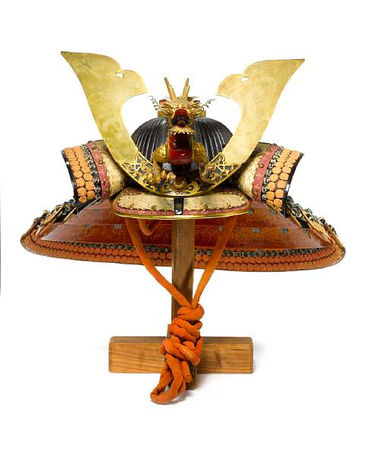

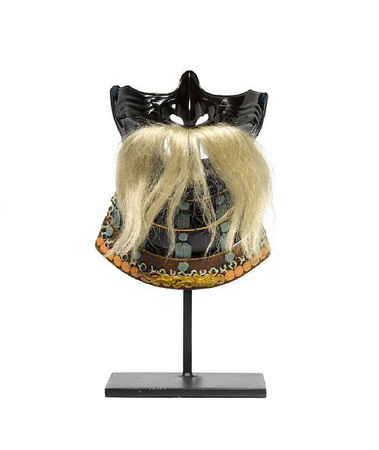

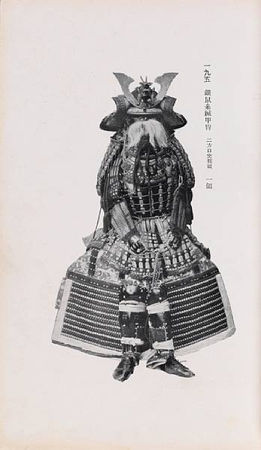






/http%3A%2F%2Fstorage.canalblog.com%2F44%2F22%2F577050%2F66285653_o.jpg)
/http%3A%2F%2Fstorage.canalblog.com%2F93%2F97%2F119589%2F66078328_p.jpg)
/http%3A%2F%2Fstorage.canalblog.com%2F22%2F94%2F577050%2F65900044_o.jpg)
/http%3A%2F%2Fstorage.canalblog.com%2F01%2F54%2F119589%2F65655636_p.jpg)